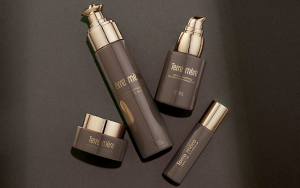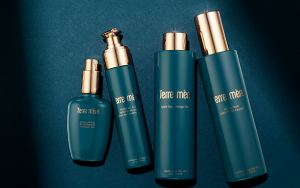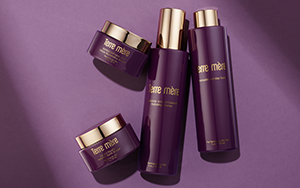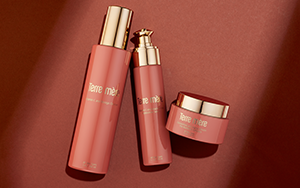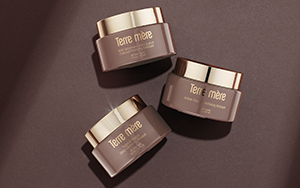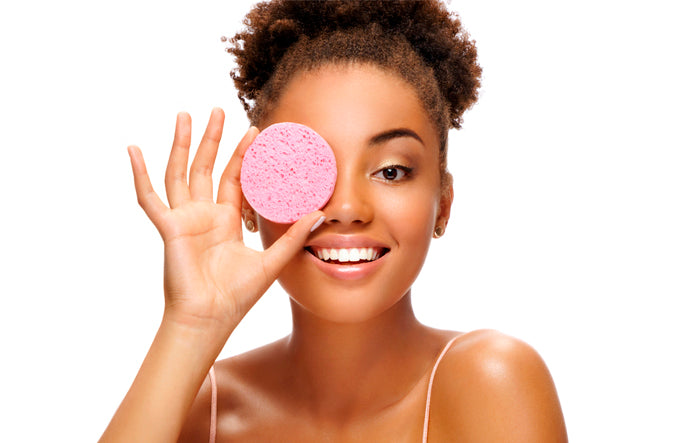
Good skincare products are a mélange of many carefully curated ingredients. From retinoids to hyaluronic acid, the best of skincare contains powerful ingredients that work to keep the skin healthy and supple. But just like all good things, they come with a dark side. (Well, that may be a little dramatic — but it’s still an unfavorable side effect). It’s called tachyphylaxis, which is a fancy word to describe the diminishing response to a drug or, in this case, skincare ingredients.
In essence, tachyphylaxis can occur when a person’s skin becomes too accustomed to a certain product, thereby rendering it less effective. Our skin can become less sensitive to certain products over time, meaning their effects become diminished with continued use. Let’s say, for instance, that you’re using a retinol product daily to reduce fine lines and wrinkles by increasing the production of collagen. After a few weeks of use, you notice your fine lines are becoming more apparent again. Your skin has built a tolerance to the retinol product, which means you won’t see the same results as you did when you first started using it.
Tachyphylaxis is caused by specific ingredients that trigger enzymes to attach to receptors in the skin cells. Once the two are bound, nothing else can enter the receptor. When the enzymes become overactive, they run out of receptors to attach themselves to, halting the molecular reactions that are essential to the effectiveness of the product.
Experiencing tachyphylaxis can be frustrating, especially since it requires switching up your skincare products every few months. However, there’s a good way to avoid this phenomenon from happening.
Your Skin Won’t Get Used To Clean Ingredients
Your skin is a living organism, the largest organ of the body, and a complex ecosystem that requires proper care to maintain its longevity. It makes sense, then, that treating it with natural, clean ingredients will keep it healthy and fully-functioning.
For the most part, skin will only develop a tolerance to ingredients that aren’t derived from nature. That includes things like retinoids, which are frequently made in a laboratory by replicating chemical compounds that are found in plants or animals.
Nature-derived ingredients, on the other hand, are a different story. Our bodies were designed to intake nutrients from natural sources, which means we’re highly unlikely to build a tolerance to them. Think of it this way: your body wouldn’t suddenly get used to Vitamin C just because you eat a lot of citrus fruits. In contrast, your body will gladly soak up that Vitamin C whenever it can get it!
For the same reason, ingredients such as topically-applied Vitamin C, rishi, rosehip, and evening primrose won’t lead to tachyphylaxis.
Once In A While, Your Skin Does Deserve a Break
Though your skin won't necessarily build a high tolerance to natural skincare products, every rule has its exception. In this case, it’s active ingredients — the ingredients that actually work to target a specific skin concern. Examples of active ingredients include glycolic acid, malic acid, niacinamide, lactic acid, and AHAs (alpha hydroxy acids). While they are all derived from nature, overuse can tire the skin.
That doesn’t mean that you have to stop from using them completely, however. It just means that your skin should take a break from those ingredients every few months. Experts recommend allowing your skin to take a break from active ingredients during the spring and summer, given that they can increase your skin’s sensitivity to sun. The fall and winter months, when the sun isn’t as strong, are the best for using active ingredients.


